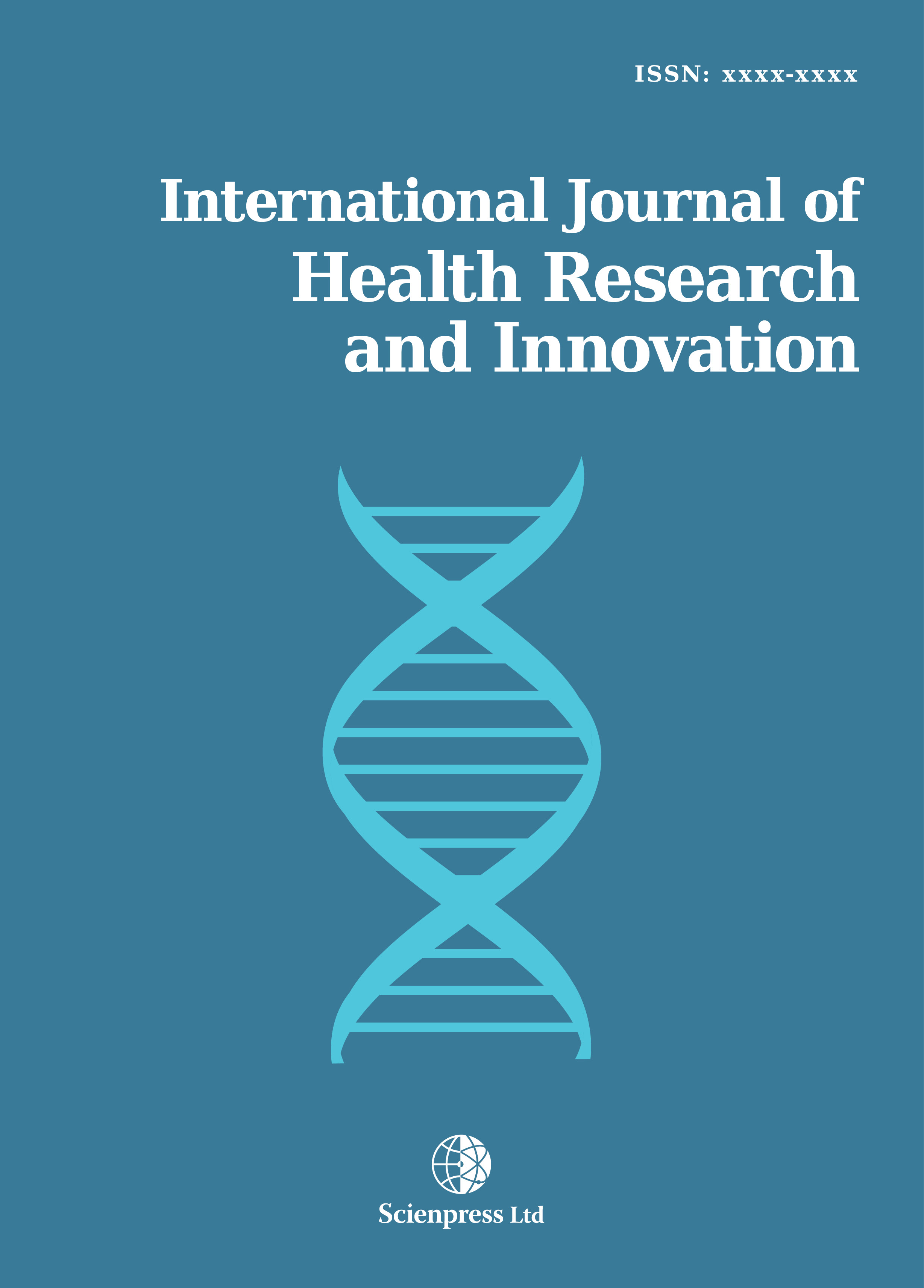International Journal of Health Research and Innovation
Predictive models of health expenditure via regularization: Do low and upper middle income economies share common predictors?
-
 [ Download ]
[ Download ]
- Times downloaded: 9882
-
Abstract
Countries around the world are presently confronted with gargantuan health care challenges and huge variability in health spending. In the literature, income has been recognized as a crucial predictor of health expenditure. However, there is no agreement on which other variables may be connected to the remaining largely unexplained variation in health expenditure. Therefore, the aim of the present study was to investigate the link between health expenditure and some important predictors among low-income and lower middle-income economies. Regularized regression methods including the Lasso and the Elastic net, and the 2013 World Bank data were used to identify key predictors of health expenditure. The present study showed that the Elastic net algorithm produced a model with a better predictive power than the Lasso in the case of low-income economies. However, the Lasso produced a slightly superior predictive power compared to the Elastic net in the case of lower middle-income economies. Also, income remains a common predictor of health expenditure in both economies. Findings of the study would be valuable to governments seeking to lessen the impact of vast variability in health care spending on their economies by focusing on key predictors of health expenditure per capita, such as life expectancy and population density.
